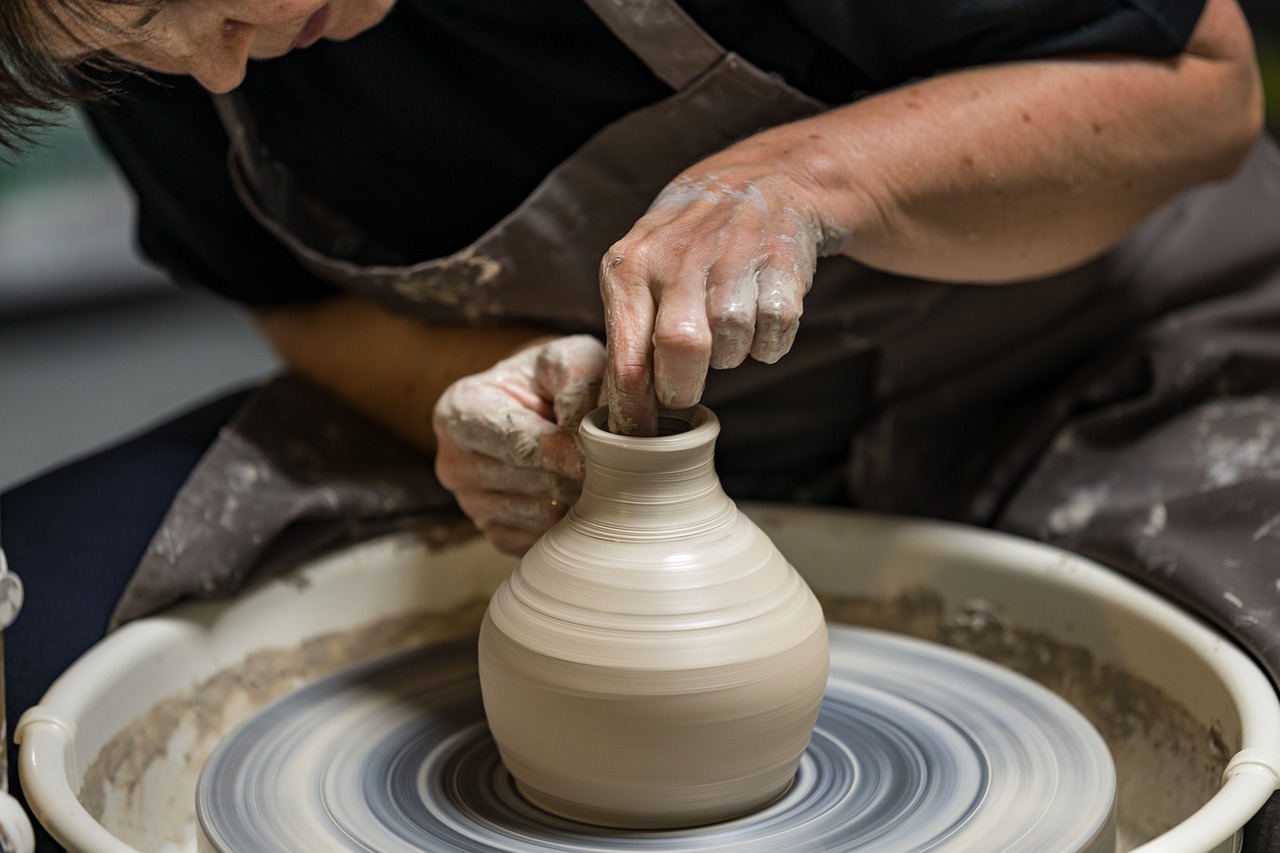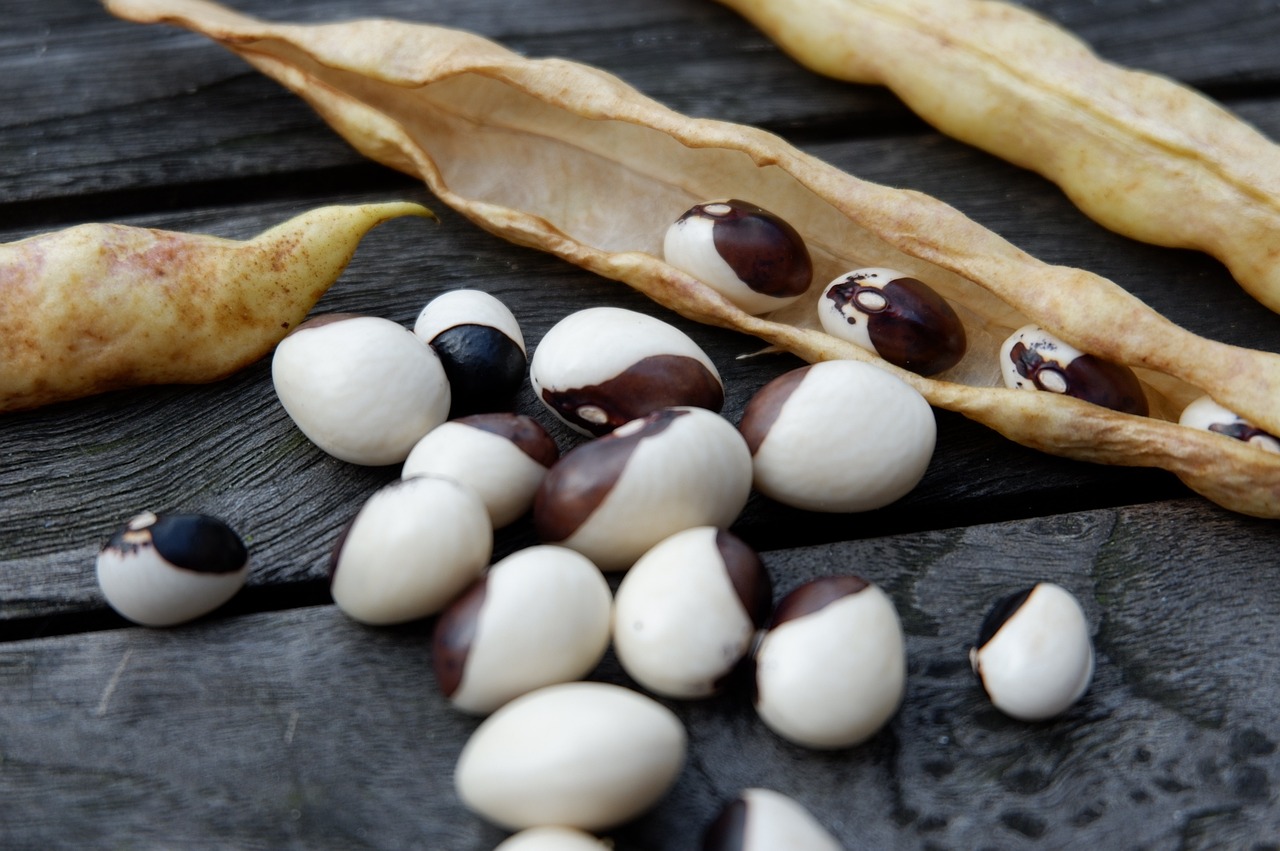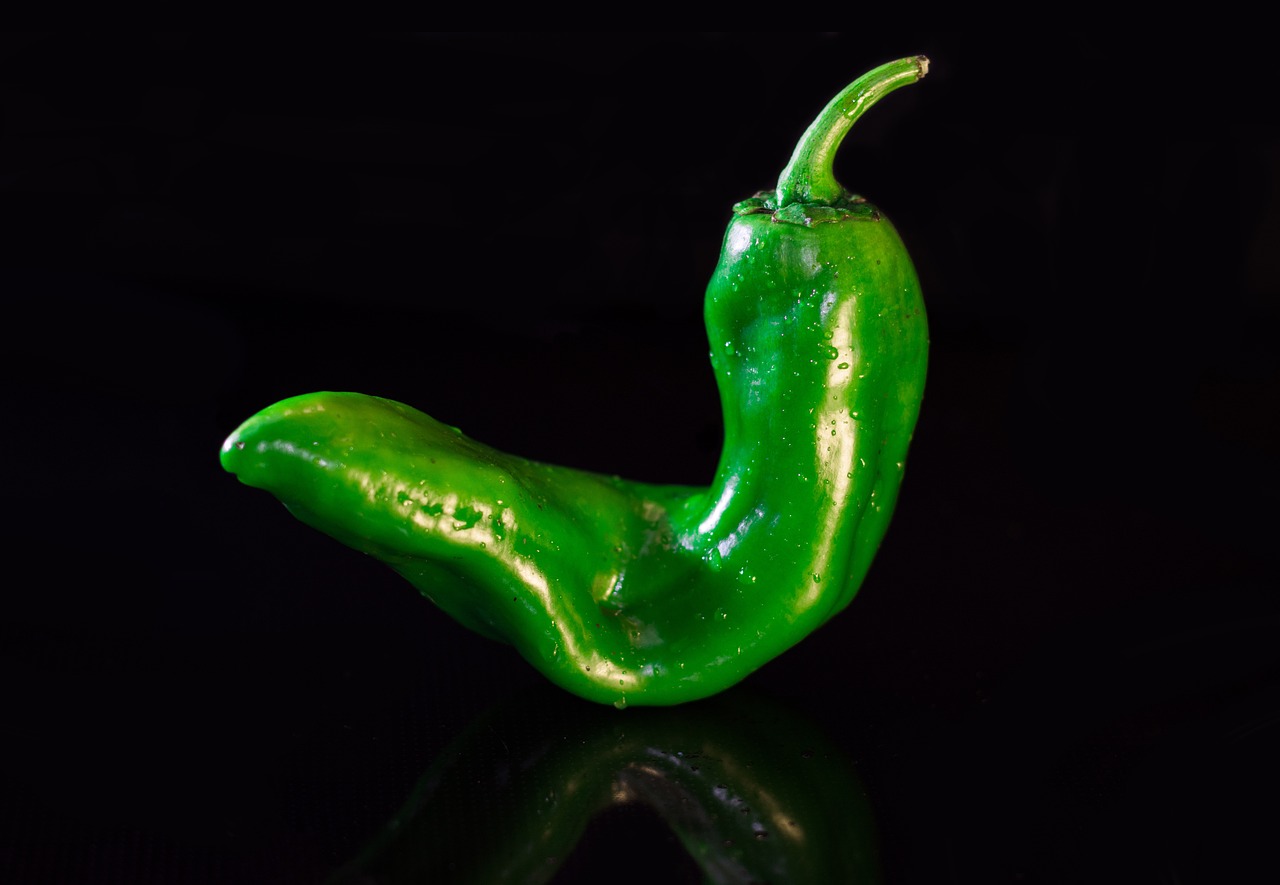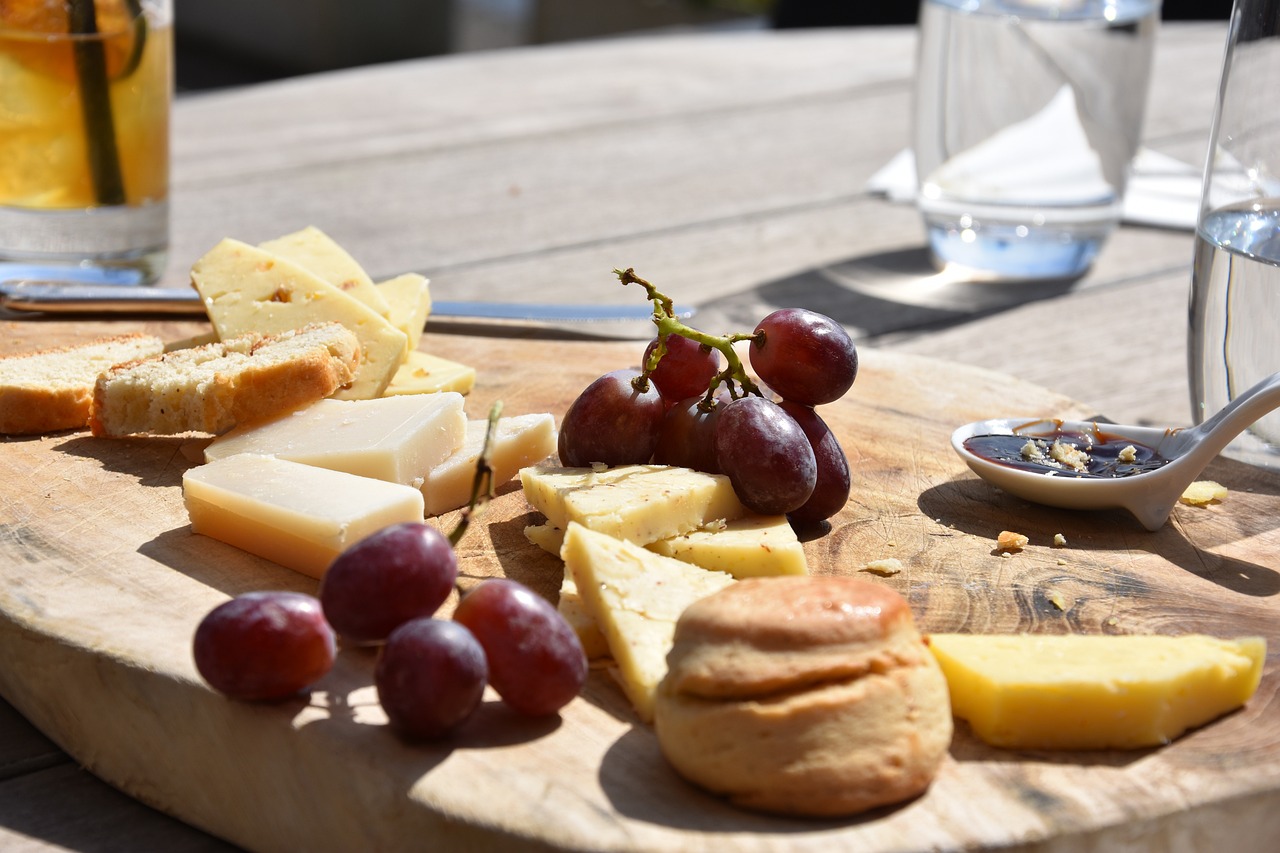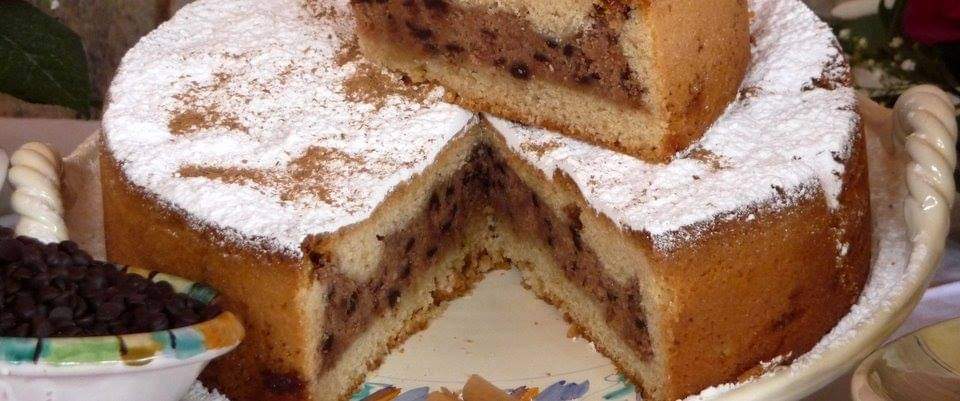The tradition of embroidery
Fleeting hands and threads, tiny dots that seem to chase each other like little children, an ancient art that passes from grandmother to granddaughter, and, in the midst of the Third Millennium, there are still many girls who love to sew and embroider a few unique pieces for their trousseau.
Even the trousseau, the word itself sounds old-fashioned, outdated, unorthodox, and yet every home still has its wooden crate overflowing with lace curtains, knitted bedspreads and elegant woven tablecloths. It is no surprise, when seeing these beautiful creations, to be reminded that this is Domenico Dolce's land and that it was in these very alleyways where grandmothers gathered to embroider that the great designer drew his inspiration. On the other hand, Dolce has often said it: he started from here, from his father's and mother's fabrics, from velvet pieces, from embroidery. Today, after financing the work on the Chiesa Madre church and donating the dress worn by the statue of the Madonna for Good Friday, he is urging young people to return to their origins and craftsmanship. And to the art of embroidery, which reigns supreme here in Polizzi. In the past, girls would not only learn from the women of the house, but went to embroidery lessons from a teacher (the 'signorina'), and often the most gifted ones became apprentices; another source of inspiration was at convents, where real schools of embroidery, drawing and blanket art were established. Embroidery was then a sought-after profession, trousseaus were made by these golden hands, there was no noblewoman or commoner who did not have her inlaid wooden 'casket' full of treasures. So much so that, on the eve of the wedding, the table with the most important pieces of the trousseau was 'consecrated', and from this the level and work of the bride's family was understood. The trousseau was worked on from the day of the child's birth: there was usually always a maiden aunt living in the house, who began embroidering and making household linen, which was then carefully stored. The equipment of the Sicilian embroiderer was very simple: a loom made up of four small rods, between which the cloth to be embroidered was stretched; another round loom for embroidering handkerchiefs; the bale or cushion on which she moved the bobbins, obtaining, by simply crossing the threads, the lace and the appliqués for the sheets and, the smallest of the tools, the needle, which she ran over the fabrics. Cotton and linen were embroidered, while wool was woven: after the sheep had been sheared, it was washed in spring water, then stuffed into a wide-weave jute sack and dipped several times in boiling water; it was then rinsed in wash-tubs, drained, dried and then 'annittata' (cleaned). Once ready, it was spun with reel and spindle, stretched on the reel (matassaru), and passed through the spinning wheel (animmulu). On the fabric, embroidery and bobbin-lace flourished, on the loom (u tularu), on the square loom, with spindles, in crochet.

